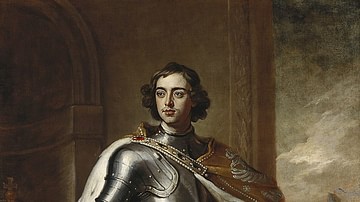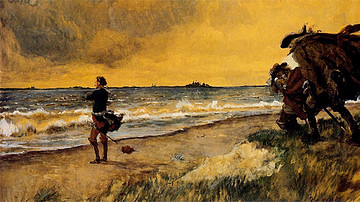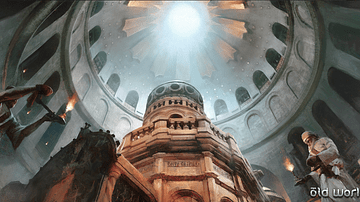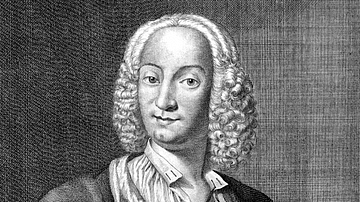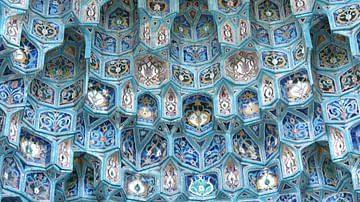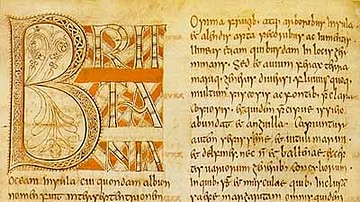Illustration
This map illustrates the expansion and consolidation of the Russian Empire around 1725, during the transformative reign of Peter I Alekseyevich, known as Peter the Great. It captures a pivotal era when Russia, once a relatively isolated tsardom, began asserting itself as a major European and imperial power.
Peter the Great (reign 1682–1725) initially ruled as Tsar and later took the title of Emperor of All Russia in 1721, marking Russia’s formal emergence as an empire. His reign was defined by sweeping reforms and military ambition: he reorganized the Russian army along Western European lines, built a modern navy from scratch, and pursued aggressive territorial expansion, particularly along the Baltic Sea. Domestically, he restructured provincial governance, weakened the power of the Orthodox Church, secularized education, and introduced new administrative divisions to centralize state authority. Peter's policies reshaped Russian society, governance, and identity, laying the groundwork for its role as a dominant Eurasian power.
About the Author
Cite This Work
APA Style
Netchev, S. (2023, September 18). Peter the Great and the Russian Empire, c. 1725. World History Encyclopedia. Retrieved from https://www.worldhistory.org/image/17891/peter-the-great-and-the-russian-empire-c-1725/
Chicago Style
Netchev, Simeon. "Peter the Great and the Russian Empire, c. 1725." World History Encyclopedia. Last modified September 18, 2023. https://www.worldhistory.org/image/17891/peter-the-great-and-the-russian-empire-c-1725/.
MLA Style
Netchev, Simeon. "Peter the Great and the Russian Empire, c. 1725." World History Encyclopedia. World History Encyclopedia, 18 Sep 2023, https://www.worldhistory.org/image/17891/peter-the-great-and-the-russian-empire-c-1725/. Web. 07 May 2025.



